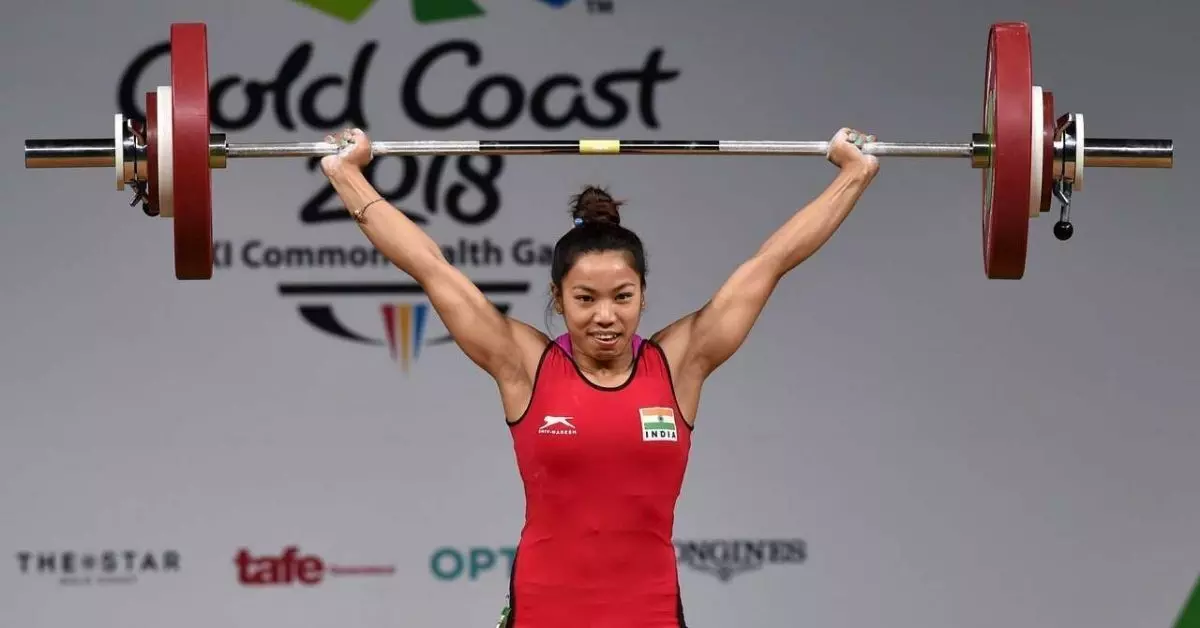Weightlifting
What are the rules of weightlifting? Score, categories, Indians at Olympics
All you need to know about the rules, scoring, Indian participants at the Olympics in weightlifting.

MIRABAI CHANU'S LIVE EVENT HERE: CLICK HERE
Clean Olympic weightlifting is split across seven classes each, for men and women. Men's weightlifting are classified into: 61kg, 67kg, 73kg, 81kg, 96kg, 109kg and over 109kg. Women's include: 49kg, 55kg, 59kg, 64kg, 76kg, 87kg and above 87kg.
Ever since Karnam Malleswari stole hearts at the 2000 Sydney Olympics by winning a bronze medal, weightlifting in India took off as she became the first Indian woman to win a medal at Olympics. The bronze from Karnam remains the first-ever medal to be won in weightlifting for India at the Olympics as well.
India, at the Tokyo Olympics, can have two women and two men as participants. Standing high in rankings and qualifiers, it looks all set for Mirabai Chanu (49kg) and Jeremy Lalrinnunga (67kg) to compete in Tokyo Olympics.
Scoring
Basic pattern of the game is to lift more combined weight than one's opponents. A true test of strength and power. A barbell is supposed to be lifted with weights at sides, over their heads with complete control.
To compete, one has to perform two different kinds of lifts, 'The Snatch', where one is supposed to lift the weights over their head in one single motion, and then hold it in control. Athletes normally go for a wider grip on the barrel and squat when performing a lift in order to maintain more balance.
The second discipline is the 'Clean and Jerk', where the weight is lifted in two stages. The Clean - to get the weight at the shoulder level, and then Jerk - to lift the weight over your head and under control. Unlike the other patter, the athletes go for a narrower grip so that the lift it easier.
Once the athlete is able to lift the weights over their head and stand still under control, a buzzer will sound, upon which one can conclude and let the weights down.
White light and red light from the judges determine whether the participant has performed the lift correctly or not. At least two white lights out of the three are required per lift in order to qualify it as a perfect lift.
The lifter who has the highest combined total weights in both the events together wins the brawl. Three attempts per event are allotted to each weightlifter. If a participant fails to lift the asked weight within those three attempts, then he/she is deemed to be ruled out of the competition.
Rules
- Lifting order: Defines that the weightlifters who want to lift the lightest weight go first and the so no. This process carries on until all participants have had their three opportunity each.
- Tie-breaker: Upon a circumstance where two or more weightlifters have a combined total of the same weights from their two events, the lighter participant with lesser bodyweight is declared the winner.
- In a rare condition where both the lifted combined weight and body weight is the same between athletes, a winner is declared upon who lifted the combined weight first or the one with fewer attempts.
- In a Clean and Jerk discipline, once the athlete has done the first part, he should stop before advancing to the jerk position. Once the weight is lifted over the shoulder, he/she is to be in a standstill position with their legs closed up.
- If an athlete thinks that he was judged unfairly then he can contest the decision.
- Each disk is to be measured in kilos.
- A standardised platform with 4m by 4m in dimensions serves as a podium for competition.
- Wraps, bandages and lifting belts are allowed for support, but lifting gloves aren't. And no prop should be in any way tied onto the barrel. All though chalks are allowed for more grip.
'Tokyo International Forum' located in Marunouchi, Tokyo, is set to be the venue for weightlifting at the Tokyo Olympics. Even though the stadium was designed to hold 5,000 attendees at a time, Corona Virus restrictions have abandoned live visitors at stadiums.
The event is intended to commence on Sat 24 July 9:50 am with the 49kg Women's group B.
